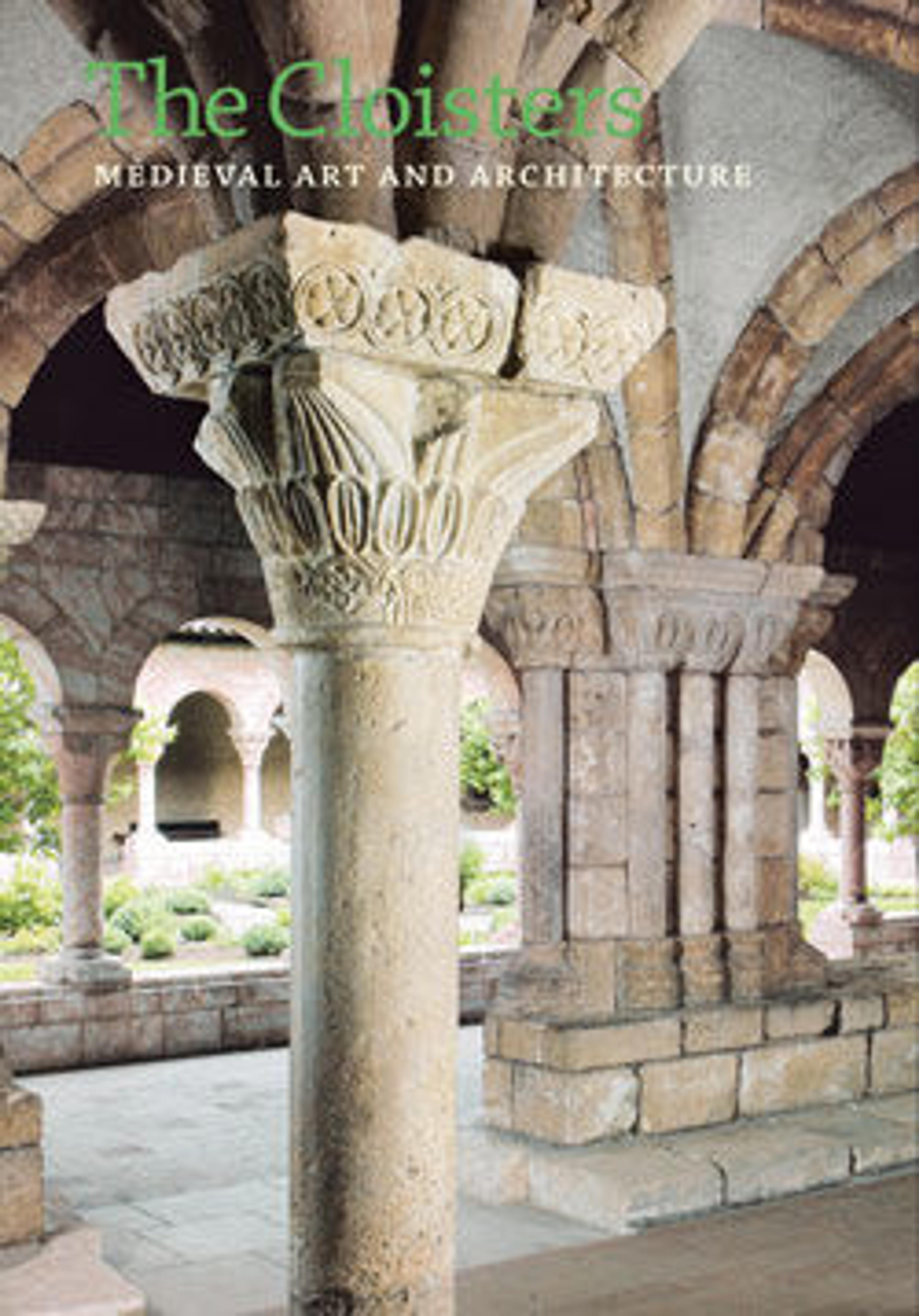Altar Cruet
Altar cruets were used to mix water with wine for Holy Communion and were thus usually made in pairs. Although frequently crafted in silver throughout the Middle Ages, cruets, because they held the water and wine before consecration, were not required to be made of precious metals. For the same reason, the shape and decoration of the cruet were less standardized than those of the chalice and paten. This mid-fourteenth-century example is notable for its strong profile and restrained decoration. The form is characteristic of the silver production of a broad area of central Europe, making it difficult to determine a precise place of manufacture.
Artwork Details
- Title: Altar Cruet
- Date: mid-14th century
- Culture: Central European
- Medium: Silver and silver gilt
- Dimensions: Overall: 8 3/4 x 4 1/16 x 3 3/4 in. (22.2 x 10.3 x 9.5 cm)
vessel part only: 6 5/8 x 4 1/16 x 3 3/4 in. (16.8 x 10.3 x 9.5 cm) - Classification: Metalwork-Silver
- Credit Line: The Cloisters Collection, 1986
- Object Number: 1986.284
- Curatorial Department: Medieval Art and The Cloisters
More Artwork
Research Resources
The Met provides unparalleled resources for research and welcomes an international community of students and scholars. The Met's Open Access API is where creators and researchers can connect to the The Met collection. Open Access data and public domain images are available for unrestricted commercial and noncommercial use without permission or fee.
To request images under copyright and other restrictions, please use this Image Request form.
Feedback
We continue to research and examine historical and cultural context for objects in The Met collection. If you have comments or questions about this object record, please contact us using the form below. The Museum looks forward to receiving your comments.
